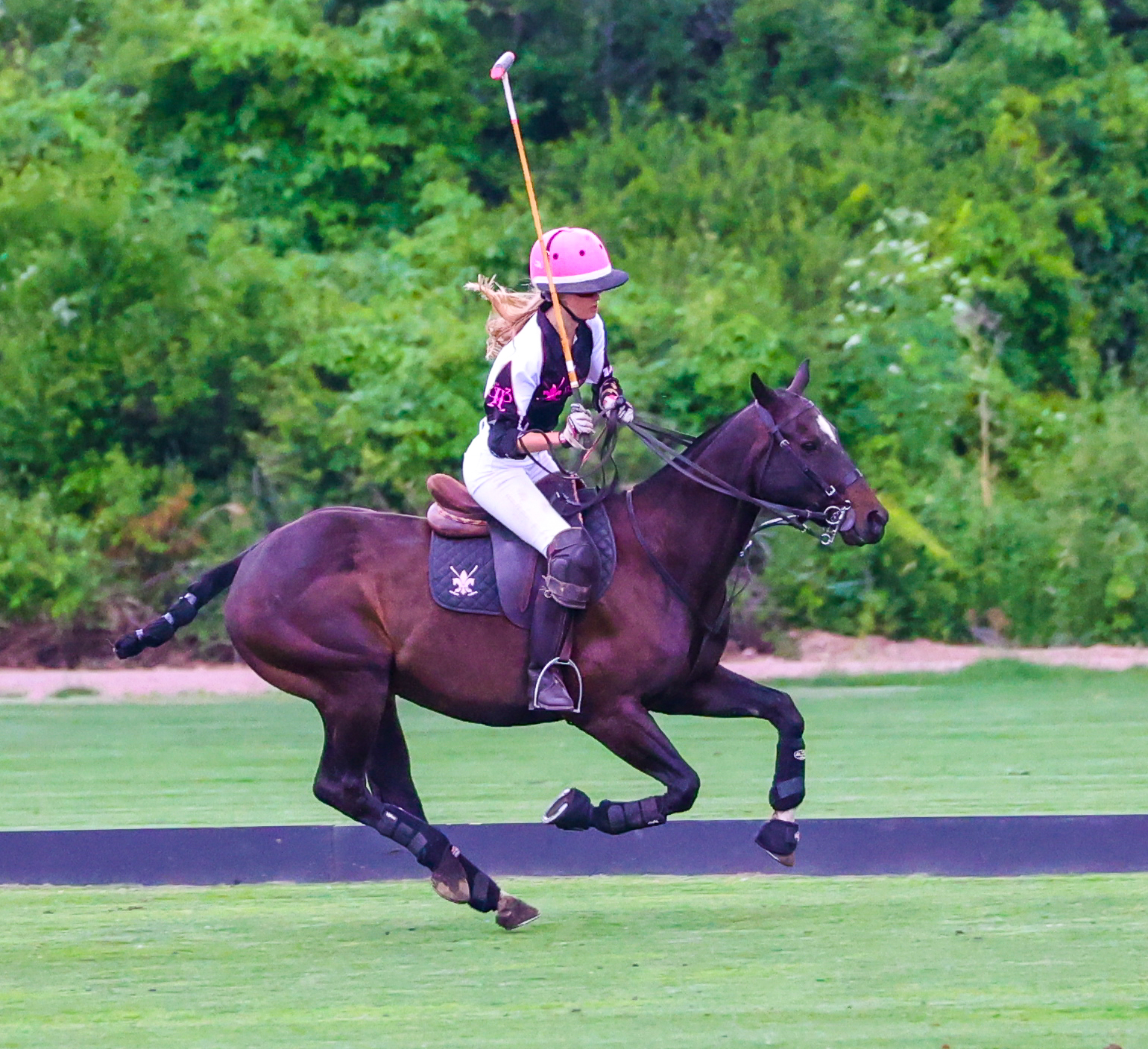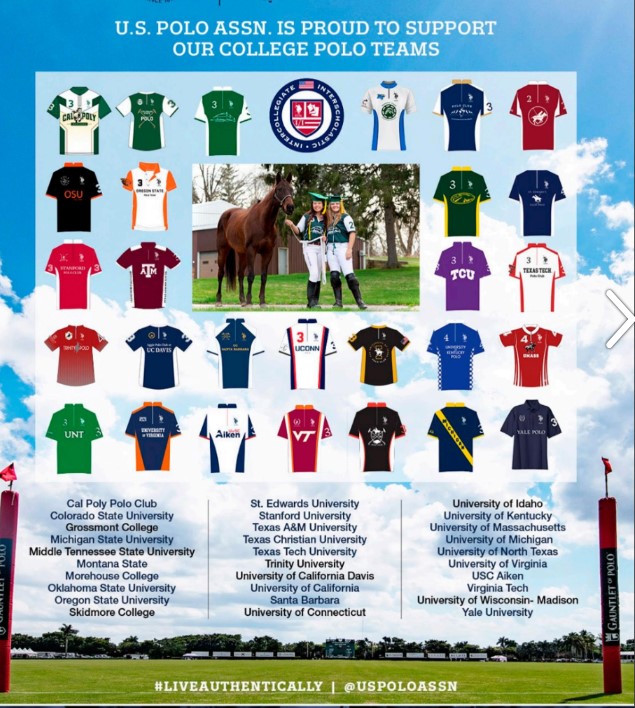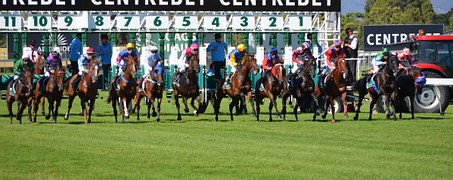Gospel of Polo Grooming
At Farm – Prior to Travel 1) Start engine and let truck warm up. Make sure parking brake is on. Make sure trailer is properly hitched (clasp closed/locked, leg is all the way up, power plugged in, chains latched. 2) Make sure water tank is full, if taking a tank 3) Check tire pressure in all tires 4) Check brake lights on trailer 5) Make sure all tack is loaded 6) Pull horses/tie to trailer 7) Shipping boots for long trips 8) Muzzle? 9) Load horses in order 10) Clip all trailer gates before leaving 11) Undue parking break and set E-brake before driving, and set brake at 3.5 for full load of horses (1.5 if empty) At Trailer Before Game 1) Set truck parking brake 2) Unload and tie (not near door latch on back or side of trailer) 3) Set up hose (away from trucks) 4) Trailer Tying and water buckets up horses (for long trips) 5) Brush 6) Fly spray 7) Wrap legs, bell boots and tendon boots 8) Determine playing order of horses 9) Tack horses 10) Lay out gear bags, mallets/chairs and mounting block 11) Tails braided but left down until just before chukker played During Game 1) Prepare next chukker horse, warm up 2) End of chukker take horse/hand off next horse and mallet 3) Strip horse – unwrap/undo tail 4) Thoroughly wash horse (no sweat) – do not spray trucks or waste water 5) Walk horse if breathing hard 6) Tie to trailer 7) Hang bridles on hook in trailer 8) Hang wraps and lay out saddle pads to dry 9) Repeat If Playing 1) Prepare both horses before chukker 2) Strip horse if done/stack tack away from






